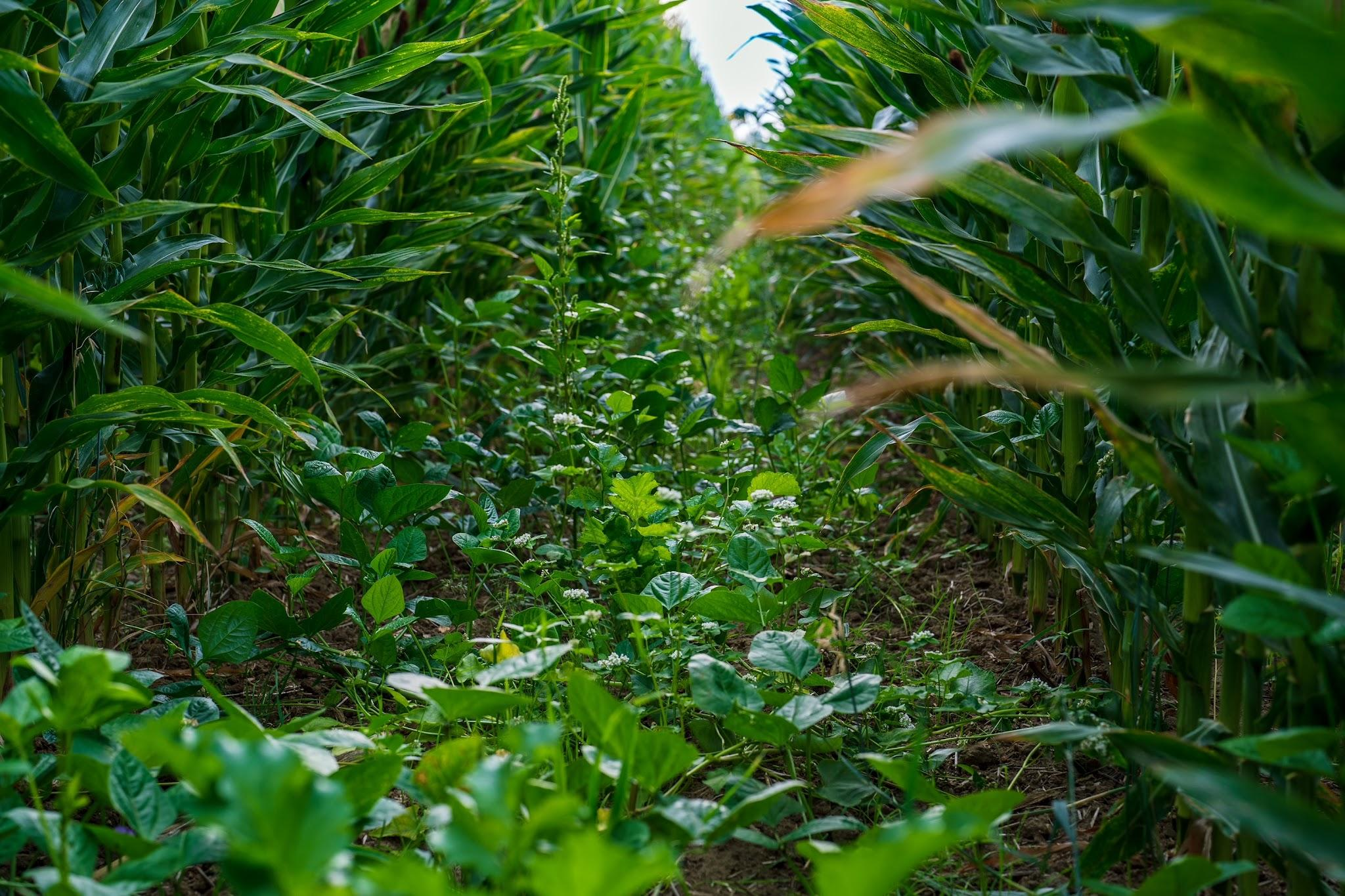Demonstration Plots
Corn Demonstration Plots
2022 Results
Click here for the final report -> ->
The 2021 project answered some questions while generating more. In 2022, the focus was on multiple resource concern questions including water use, nutrient use, temperature, biological amendments, as well as more detailed harvest data. Jules Van Thuyne, our local farmer partner, agreed to host the plot on one of his center pivot irrigated fields. The use of the center pivot made design and evaluation far simpler.
2021 Results
Click here for the final report
During the 2021 growing season, the Longmont Conservation District partnered with local farmer, Jules Van Thuyne, to conduct a commercial-scale demonstration plot. A 22-acre furrow irrigated parcel owned by Jules was selected for the plot. The District and Jules partnered with seed companies and other local stakeholders to design and implement the plot.
Goals of the demonstration plot included demonstrating cover crop integration in furrow irrigation, quantifying the effects of different tillage practices on soil health and crop yield, and participating in the local conversation about genetically engineered (GE) crops on Boulder County Open Space. Ultimately, we were looking for the best return on investment (ROI) of all the above-mentioned variables.
The plot design included numerous components: Three different tillage intensity regimes, three different corn hybrids (two GE and one non-GE), four different cover crop mixes interseeded between 44” corn rows, and three different planting populations of corn. In total, 28 different plots were harvested and weighed separately.
A September field day served as an educational and networking opportunity for local farmers and agriculture and conservation professionals.
Results and observations showed the best ROI for this field was to use strip tillage. Second best was minimum tillage + interseeded cover crops. Third was minimum tillage and far behind in fourth was conventional tillage. Each corn hybrid showed strengths and weaknesses combined with different tillage regimes. Corn yield was best at the recommended planting rate. Soil health scores decreased considerably using conventional tillage and increased greatly using minimum tillage + cover cops. Finally, furrow irrigation was possible in using minimal tillage + interseeded cover crops. The corn and the cover crop both thrived.




